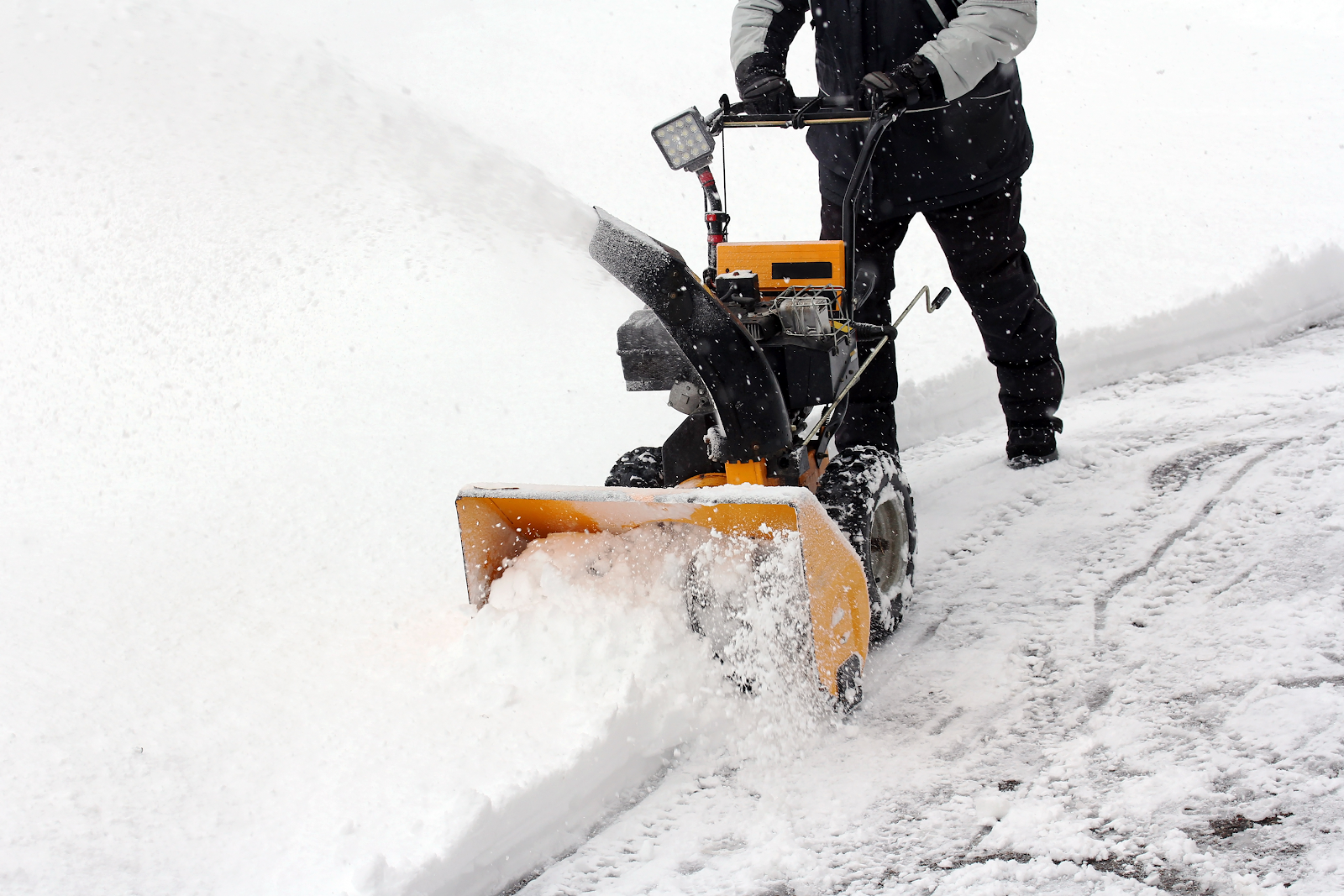The revolution is complete but I didn't notice
The other day I realized a market segment revolution had happened and I hadn’t noticed. There’d been a fundamental shift in the underlying technology and the change was nearly complete, to the point where very few new devices are based on the old technology. It's a classic case of technology disruption.
Batteries included
I was chopping up an old tree stump with an ax when a neighbor came over with his new chainsaw and offered to help. I gratefully accepted and he sliced up my large tree stump very quickly. Afterward, we got chatting about his new chainsaw; it was battery-powered.
(Not my tree stump, but it looked like this: allen watkin from London, UK, CC BY-SA 2.0, via Wikimedia Commons)Frankly, I was astonished that a battery-powered chainsaw could chop up a tree stump this big and I said so. He told me the battery was good for more cutting if I had other trees to cut. He also told me he used the same batteries to power his lawn mower and he could cut his whole lawn (suburban New England) on one charge. I was taken aback, last time I looked battery powered devices were a joke.
No more gasoline internal combustion engines
The next time I went to Home Depot, I had a look at their lawnmowers and garden equipment. Almost all the lawnmowers were battery-powered, including ride-on mowers. Almost all the hedge cutters and trimmers and blowers were now battery powered too. In the last few years, garden equipment that was only ever gasoline powered has now become almost entirely battery-powered.
The benefits are obvious: no storing gasoline, no pull starts, no winter maintenance, and so on. The only drawback I could see was battery price and power, but battery prices have fallen substantially at the same time as battery capacity has gone up. We crossed a usability threshold a while back and the benefits of battery power have led manufacturers to make the switch.
Brushless is the business
Two technologies have made this change possible: brushless motors and improved batteries. Everyone knows battery technology has improved, but brushless technology gets far less attention. Brushless motors are far more energy efficient, which means longer operation and/or more usable power for the same energy cost. They’ve been around for years but they rely on electronic control circuity to work, which made them too expensive for all but specialist applications. However, the cost of electronics has tumbled which meant cheaper brushless motors became possible. The garden equipment I saw all uses brushless motors, as do modern power tools, lawnmowers, and even snow blowers (see next section). It’s the combination of modern batteries and brushless motors that's led to a small revolution.
There's no business like snow business
For home and garden devices, the ultimate test for battery power is a snowblower. For those of you who don’t know, these are a bit bigger than a lawnmower, they’re very heavy, and they have a powerful gasoline engine. To clear a big New England snow dump, you’ll need to use a big snowblower and maybe a gallon or more of gasoline. Here’s a picture of one in use.
Snowblowers consume a lot of power. Is it even possible to have a battery-powered snowblower? Astonishingly, the answer is yes. There are at least two powerful battery-powered snowblowers on the market. You can see a video of one here.
These new snowblowers are a lot lighter than their gasoline cousins, they don’t need you to store gasoline, and they don’t require a pull start or an electric starter. The bigger two-stage snow blowers (which you need in New England) use two big brushless motors and 80V batteries.
There are downsides though: batteries only last about 40 minutes clearing heavy snow and battery snowblowers are about 20-25% more expensive. This feels like an early adopter market right now, but in a few years, battery snowblowers will probably be the market standard.
The revolution will not be televised
Batteries have taken over the garden equipment world. The revolution has succeeded but no one is talking about it.
There are a couple of lessons here and some pointers for the future.
It’s not just about better batteries. This garden revolution relied on brushless motor technology too. If we think of what's next for battery power or alternative energy, we need to think about enabling technologies, for example, solar panels are sometimes coupled with inverters, so advances in inverter technology are key.
Manufacturers had an innovation pathway that made the problem more tractable. Home and garden devices have a range of power requirements. Electric screwdrivers and drills don’t need that much power, blowers and strimmers need more, lawnmowers still more, and snowblowers most of all. Manufacturers could solve the problems of lower power devices before moving up the ‘power’ chain. This is similar to Clayton Christensen’s “innovator’s dilemma” model of disruption.
Battery garden devices will put high-powered batteries in people’s homes, but they’ll be lying idle most of the time. What about using these powerful batteries to smooth out spikes in power demand or provide emergency power? What about charging the batteries at night when power is cheap and using the batteries during the day when power is more expensive? The problem is the step change needed in home electricity management, but maybe some incremental steps are possible.
Other battery uses become possible too, for example, bigger motorized children’s toys, outdoor power away from electricity supplies, or even battery-powered boats. If powerful batteries are there, innovators will find a use for them.
Perhaps the next steps in home energy technology won’t be led by battery technology imported from cars but by battery technology imported from humble garden tools.
.jpg/640px-Watkin_Tree_stump_(480420361).jpg)
